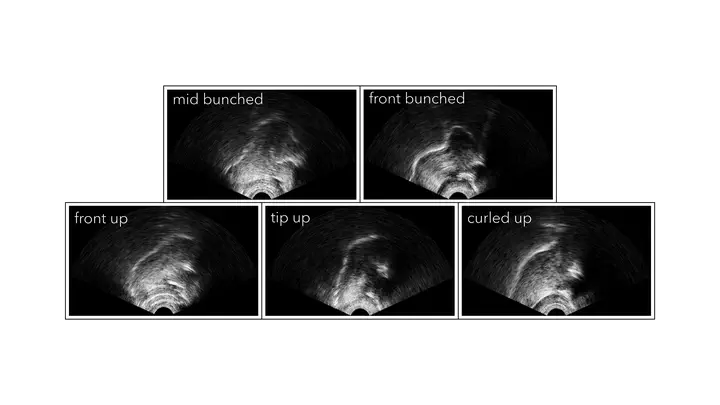Loose lips and tongue tips: The central role of the /r/-typical labial gesture in Anglo-English

Abstract
This paper presents acoustic and articulatory data from prevocalic /r/ in the non-rhotic variety of English spoken in England, Anglo-English. Although traditional descriptions suggest that Anglo-English /r/ is produced using a tip-up tongue configuration, ultrasound data from 24 speakers show similar patterns of lingual variation to those reported in rhotic varieties, with a continuum of possible tongue shapes from bunched to retroflex. However, the number of Anglo-English speakers using exclusively tip-up variants is higher than that reported in American English across all phonetic contexts. It is generally agreed that English /r/ may be labialised, but the exact contribution of the lips has yet to be explored. Lip camera data reveal significantly more lip protrusion in bunched tongue configurations than retroflex ones. These results indicate that the differing degrees of lip protrusion may contribute to maintaining a stable acoustic output across the different tongue shapes. An articulatory-acoustic trading relation between the sublingual space and the degree of lip protrusion is proposed. Finally, we suggest that Anglo-English /r/ has a specific lip posture which differs from that of /w/. We relate the development of such a posture to Anglo-English speakers’ exposure to labiodental variants and to the pressure to maintain a perceptual contrast between /r/ and /w/.